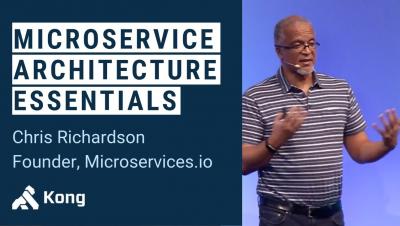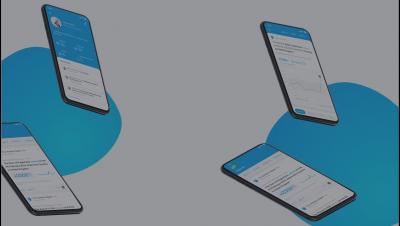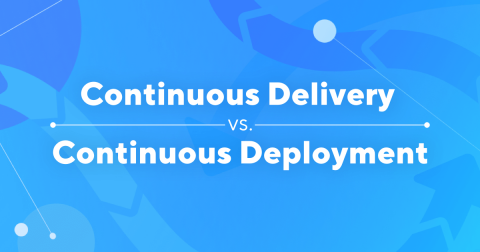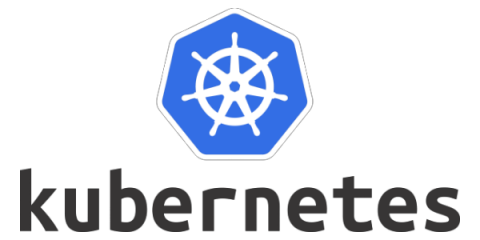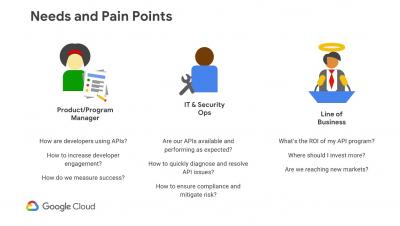Systems | Development | Analytics | API | Testing
%term
Yellowfin Mobile App
The New API - "Application People Interfaces"
In my experience as a digital consultant for Google Cloud’s Apigee team, I’ve found that when a technology gets classified as “middleware,” it’s often encumbered with a scarlet letter of sorts. Business leaders find it unexciting — so much so that they often resign it to the purview of technology professionals and don’t spare a second thinking about it.
Continuous Delivery vs. Continuous Deployment: Where to draw the line?
You’ve likely heard of the term CI/CD pipeline. You have probably known about these practices: continuous integration, continuous delivery, and continuous deployment as well. But the uncertainty remains: What are the differences between continuous delivery and continuous deployment? Which one should you apply to your CI/CD pipeline? How are these terms related to one another? How to find out which one suits your team best?
5 best practices to deliver trust in your data project: Tip #4 Empower organizations with modern tools
Traditional tools for managing data integrity, such as data quality, governance and stewardship tools, were targeted at the most skilled data experts. With the advent of social networks, machine learning and smart pattern recognition technologies, these tools are getting simpler at every release. They now allow anyone with market or customer knowledge to contribute and collaborate in a data governance effort.
Data to the people - Why this app will change the way more people engage with data
The answer to creating an inclusive data culture is in your hands. At Yellowfin, we firmly believe that organisations are far more successful when all their people engage with data. And whilst this has always been the goal of organisations on their journey to being “data-led”, the reality is most are still a long way off. For this to happen, all decision makers need access to insights, in a way that they can understand, not just the data analysts.
What to expect from Yellowfin's new mobile app
We've got a brand new mobile application coming now out and lots of people have been asking me what’s in it. To be honest, it's much easier to tell you what's not in it - and that’s dashboards and reports. I can hear you saying, ‘How can an analytics vendor have a mobile app with no dashboards or reports?’ But the truth is no one really uses a mobile app to view dashboards or reports. It's the wrong format for looking at a clunky dashboard or detailed report.
How to Deploy a Frontend on Kubernetes?
Kraken is a load testing solution currently deployed on Docker. In order to use several injectors (Gatling) while running a load test, its next version might rely on Kubernetes. This blog post belongs to a series that describe how to use Minikube, declarative configuration files and the kubectl command-line tool to deploy Docker micro-services on Kubernetes. It focuses on the installation of an Angular 8 frontend application served by an NGinx Ingress controller.


